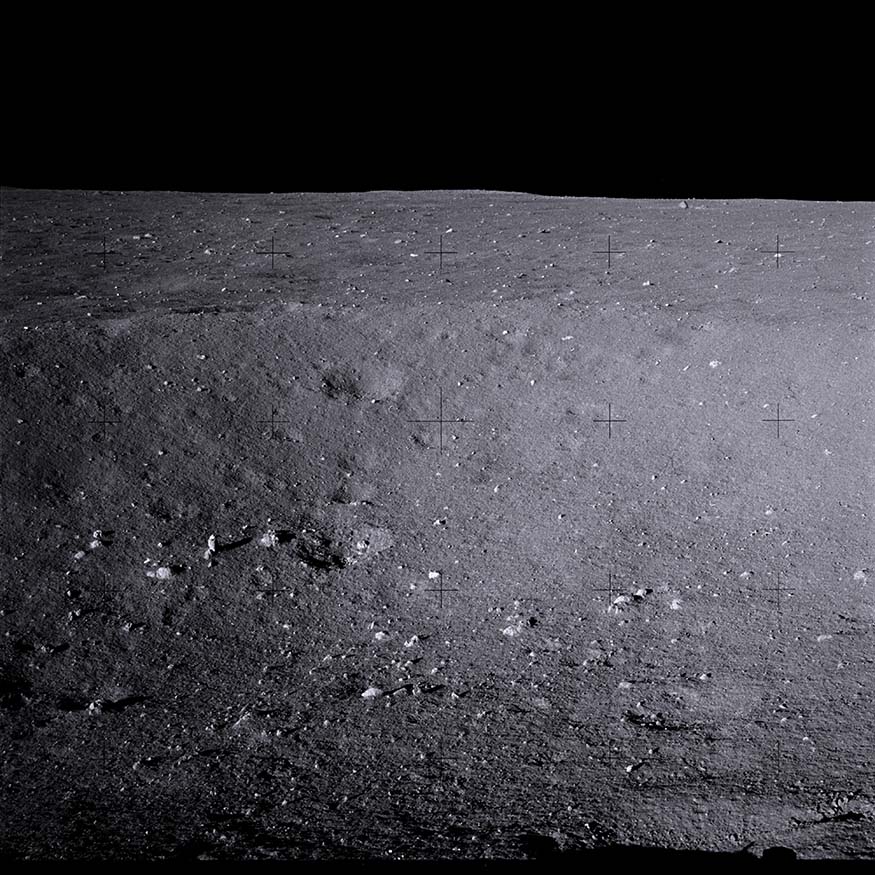
BEAUTY: 
BRAGGING RIGHTS: A part of space history
HOW EASY IS IT TO SEE? Best with binoculars or small telescope
TYPE: Lunar feature
DISCOVERED: Known since antiquity; important since 1969
Mare Tranquillitatis—the Sea of Tranquility—is forever linked with the names Armstrong and Aldrin, yet the first humans to see it up close were Tom Stafford and Gene Cernan. Two months before the historic landing, Stafford and Cernan flew 9 miles above Tranquillitatis in Apollo 10’s lunar module.
This “dress rehearsal” tested every part of the moonshot except the landing. The data obtained, and the pilot’s view of the landing site, were invaluable to the crew of Apollo 11. And yet, can you imagine traveling 4 days and 250,000 miles only to turn back within 9 miles of a landing and the history books? (Not that Stafford and Cernan had a choice. Their lunar lander—an early design—was too heavy to land on the moon safely.)
When you see Tranquillitatis with your own eyes, it’s only right that you think about the Eagle and Armstrong’s first words from the surface. But spare a few moments for Stafford and Cernan too.
Finding Tranquillitatis. About a week after a new moon you’ll see a half moon high in the sky at sunset. A big gray splotch dominates the view, and the center portion of that splotch is the Sea of Tranquility. You can see it with unaided eyes if you know where to look, but binoculars (or a small telescope) give you a more detailed view.
Flat with a chance of boulders. Even at high magnification you can see that Tranquillitatis and the other maria are flat and almost featureless—the perfect place to attempt a risky landing. But appearances from 250,000 miles away can be deceiving. Stafford and Cernan warned that the terrain looked rough within a few miles of the target site. Sure enough, Armstrong had to take manual control during the Apollo 11 mission to avoid crashing into giant boulders.